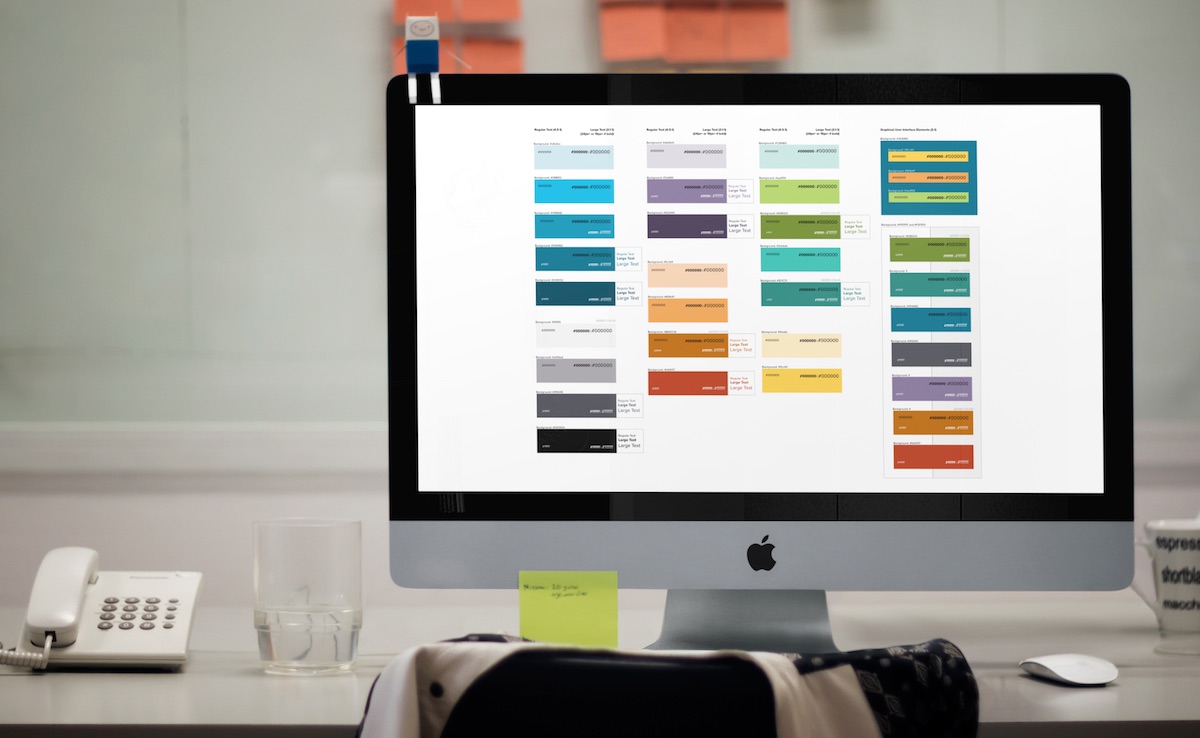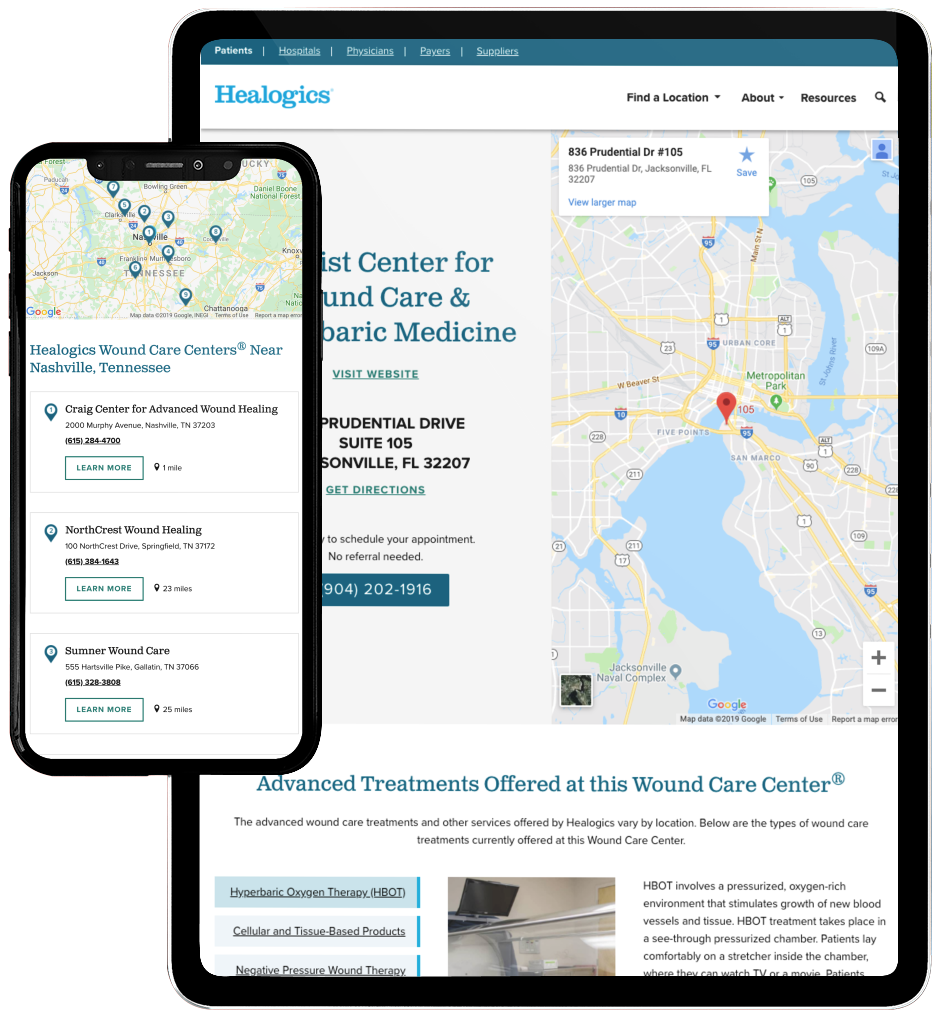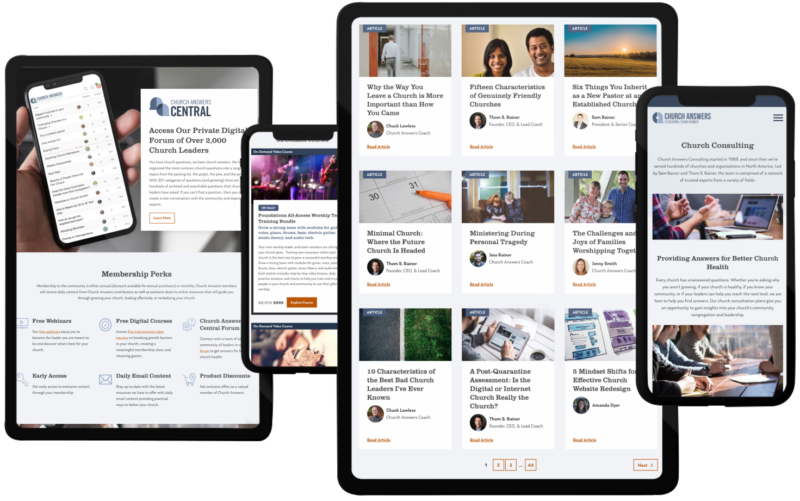We believe all websites should be designed and developed according to Web Content Accessibility Guidelines (WCAG) 2.1 in order to better accommodate all users, including those with disabilities.
While there are potential legal issues for non-compliance, it also makes good ethical and business sense: serving more users increases your potential audience, improves your performance in search rankings, and provides a better user experience for all. Plus, it’s just the right thing to do.
As a UX designer, I want to do my part to ensure that the websites I design are accessible and user-friendly, to benefit our clients and their end-users. To ensure I was well-versed in both accessible design and usability testing, I completed the “Accessibility: How to Design for All” course with the Interaction Design Foundation (IxDF).
Accessible Web Design Benefits Everyone
I went into the course knowing that ADA-compliant web design would help users with disabilities. But I was excited to learn how beneficial accessible website design is for ALL users, and how it can improve overall website performance:
- Features that are designed to help people with disabilities often help all users. For example, captions on videos help both users who are deaf and those watching with the sound muted.
- Incidental and environmental factors can create accessibility issues for any user. For instance, a person with a broken arm might have trouble navigating with a mouse, or a person using their phone outside in bright sunlight might not be able to view low-contrast text.
- Many of the principles of accessible design are also best practices for search engine optimization, so implementing these strategies with the goal of improving usability also improves SEO rankings.
Implementing Accessible UX Design
Since completing the course, I use the knowledge and skills I acquired on every project I work on, enabling me to more effectively design websites that achieve our clients’ goals, maximize their audience, and optimize for conversions.
One of my favorite recent examples where I implemented these practices was on our website redesign project for Healogics. As a healthcare company focusing on direct patient care, ensuring accessibility for their current and potential patients was a major priority. You can take a look at our case study here.
Our website redesign project for Church Answers, the go-to resource for church leaders, was another great opportunity to implement accessible UX practices, as it included e-commerce, blogs, podcasts, events and more. With an audience that skews older, it was important we designed and developed the site to be easy-to-use and intuitive. Our case study details our approach.
Learn More About UX Design
Looking to learn more about web design? IxDF has a treasure trove of UX courses and articles. The classes are engaging and self-paced, with knowledgeable instructors.





